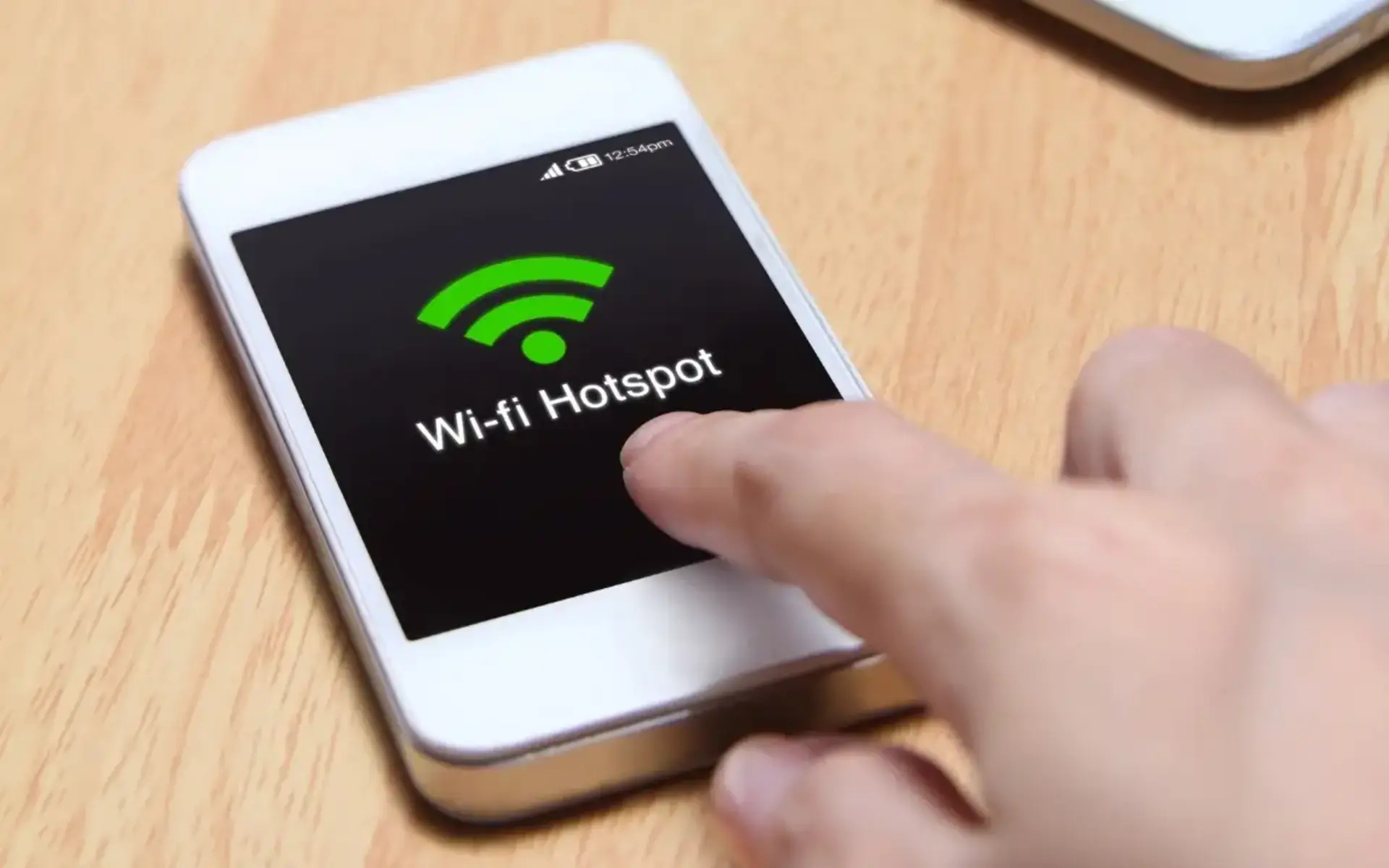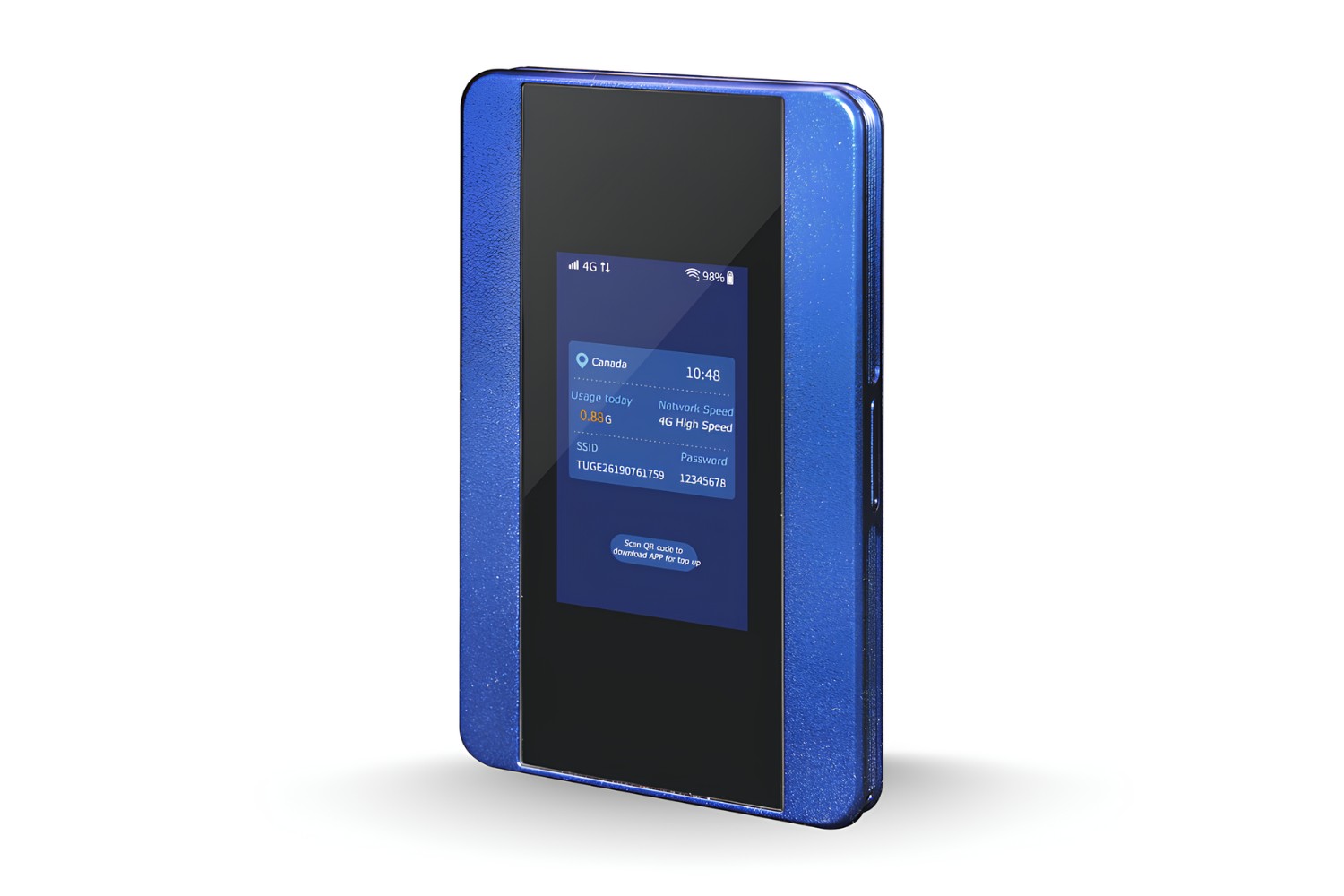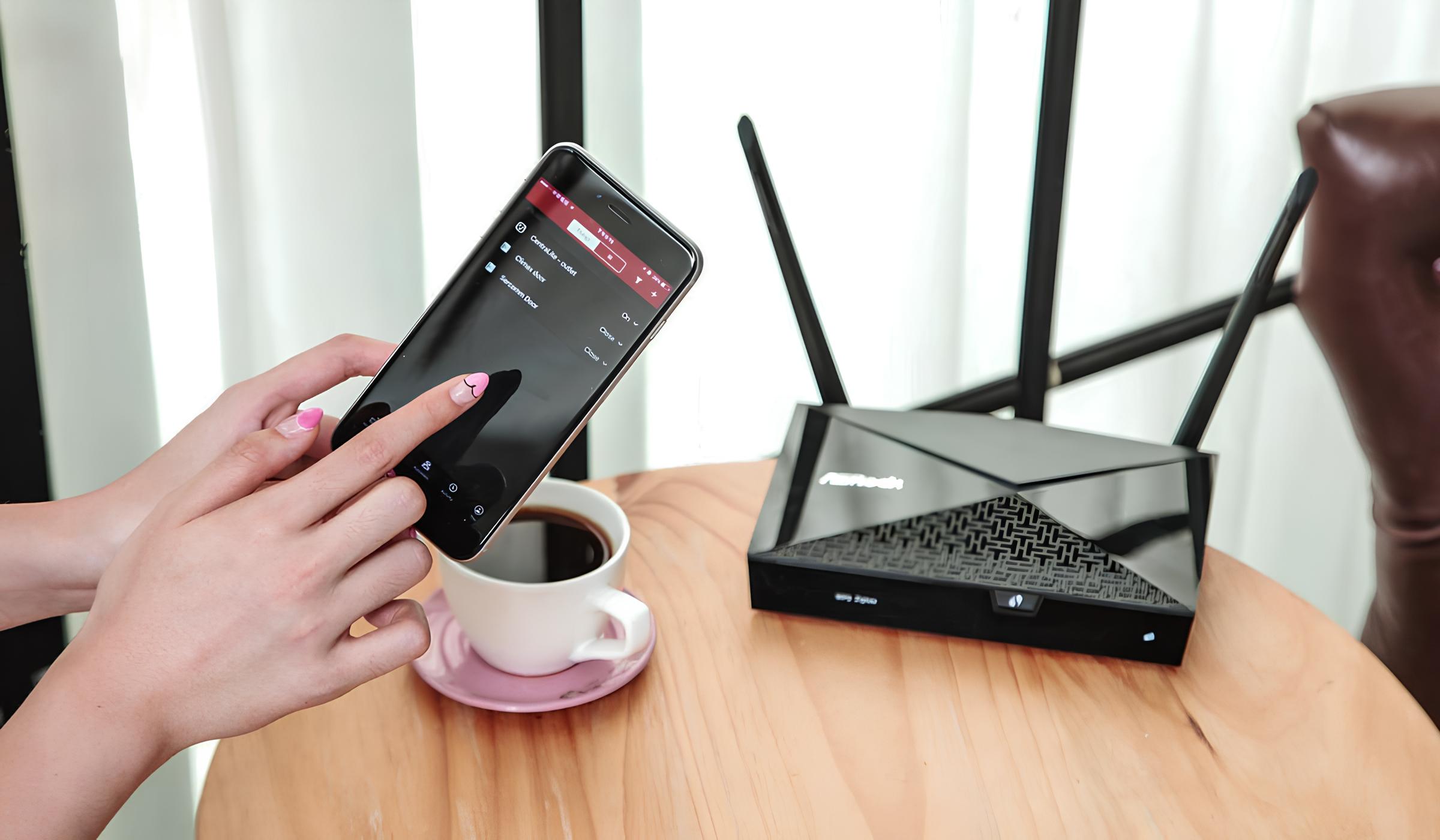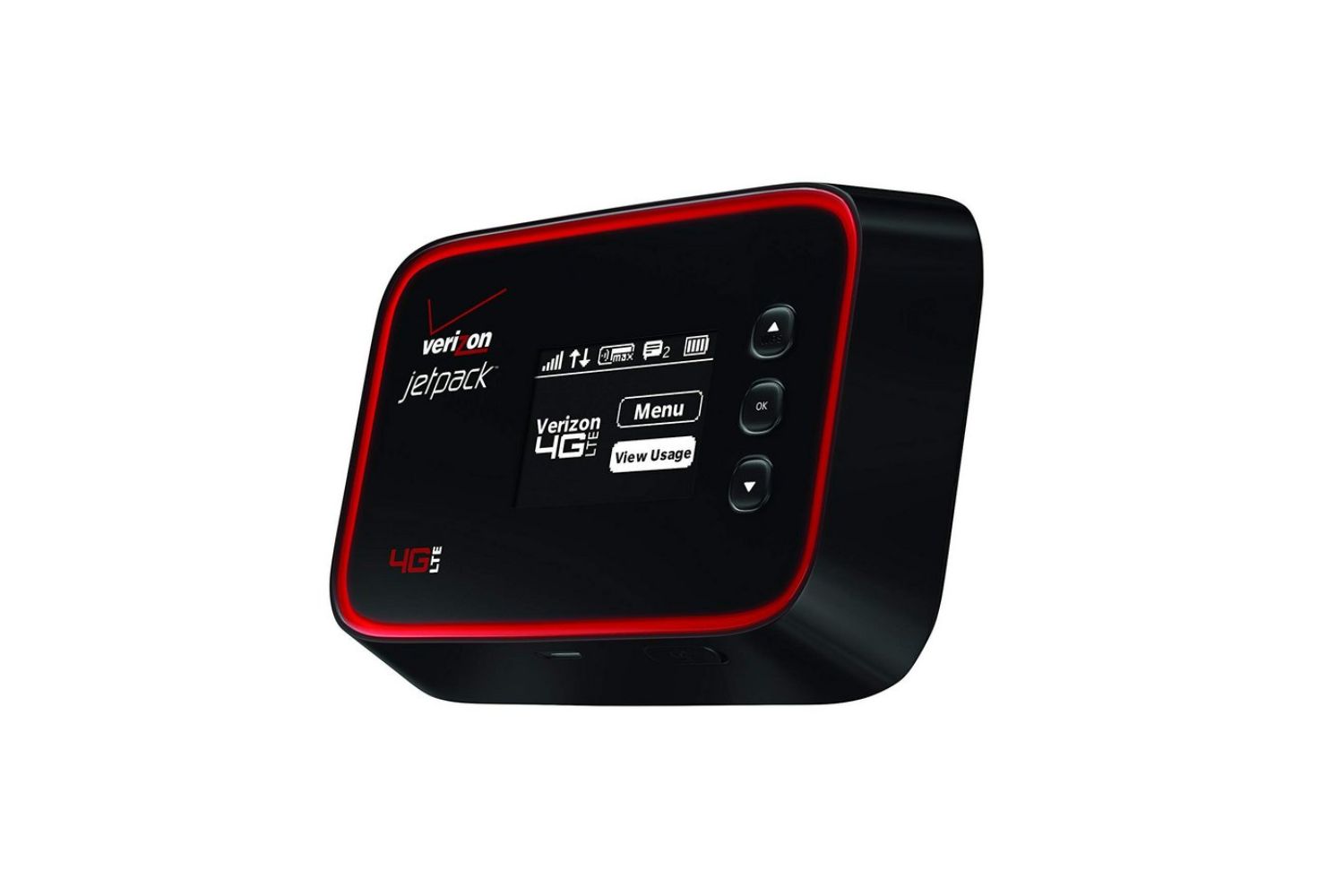Introduction
In today's fast-paced and interconnected world, staying connected is more important than ever. Whether you're a digital nomad, a student on the go, or a professional needing to access online resources while away from the office, having reliable internet access is crucial. This is where Wi-Fi hotspots come into play. These ubiquitous wireless networks have revolutionized the way we connect to the internet, offering convenience and flexibility for users across the globe.
As we delve into the world of Wi-Fi hotspots, we'll explore the various types of hotspots, how they work, their benefits, and potential security concerns. By the end of this comprehensive guide, you'll have a deeper understanding of Wi-Fi hotspots and be equipped with the knowledge to make informed decisions about using them.
Wi-Fi hotspots are not just a technological marvel; they represent a gateway to a world of seamless connectivity. Whether you're sipping a latte at a cozy cafe, waiting at an airport, or attending a conference, the ability to access the internet through a Wi-Fi hotspot has become an integral part of our daily lives. It's a modern convenience that empowers individuals and businesses to stay connected and productive, regardless of their location.
Now, let's embark on a journey to demystify Wi-Fi hotspots, unraveling their features, functions, and the essential considerations for maximizing their benefits while safeguarding our online presence. So, fasten your seatbelt and get ready to explore the fascinating realm of Wi-Fi hotspots!
What is a Wi-Fi Hotspot?
A Wi-Fi hotspot is a location that provides wireless internet access to users through a wireless local area network (WLAN), typically using a router connected to an internet service provider. It allows users to connect their devices, such as smartphones, laptops, or tablets, to the internet without the need for a physical wired connection. Essentially, a Wi-Fi hotspot creates a zone where individuals can access the internet seamlessly, making it a popular choice for people on the go or those who require temporary internet access in specific locations.
These hotspots can be found in a variety of public places, including cafes, airports, hotels, libraries, and even public transportation hubs. Additionally, many businesses and organizations offer Wi-Fi hotspots to attract and retain customers, as seamless internet connectivity has become an essential part of the customer experience.
The proliferation of Wi-Fi hotspots has transformed the way people access the internet, enabling them to stay connected and productive while away from their home or office networks. Furthermore, the advent of mobile hotspots, which allow users to create a portable Wi-Fi network using their smartphones or dedicated devices, has further expanded the accessibility of wireless internet connectivity.
In essence, a Wi-Fi hotspot serves as a bridge between users and the vast resources available on the internet, facilitating communication, information access, and online collaboration. It has become an indispensable tool for individuals and businesses alike, empowering them to harness the power of the internet wherever they go.
As we continue our exploration of Wi-Fi hotspots, we will delve deeper into the various types of hotspots, how they function, and the benefits they offer to users. Through this journey, we aim to unravel the complexities surrounding Wi-Fi hotspots, enabling you to navigate the digital landscape with confidence and clarity.
Types of Wi-Fi Hotspots
Public Wi-Fi Hotspots
Public Wi-Fi hotspots are the most common type and are found in public spaces such as cafes, airports, hotels, and libraries. These hotspots are typically provided by businesses or organizations to attract and retain customers by offering seamless internet access. Public Wi-Fi hotspots are convenient for individuals who need to connect to the internet while on the go, allowing them to check emails, browse the web, or access online resources without using their mobile data.
Private Wi-Fi Hotspots
Private Wi-Fi hotspots, also known as personal hotspots, are created using mobile devices such as smartphones or dedicated mobile hotspot devices. These hotspots enable individuals to share their cellular data connection with other devices, effectively creating a small, private wireless network. Private Wi-Fi hotspots are ideal for individuals who require internet access in locations where public Wi-Fi may be unavailable or unreliable, providing a secure and controlled connectivity option.
Community Wi-Fi Hotspots
Community Wi-Fi hotspots are established in residential areas, public parks, or community centers to provide internet access to local residents and visitors. These hotspots are often set up and maintained by local authorities, non-profit organizations, or internet service providers with the goal of bridging the digital divide and promoting digital inclusion. Community Wi-Fi hotspots play a vital role in ensuring that individuals from all walks of life have access to online resources and can participate in the digital economy.
Mobile Operator Wi-Fi Hotspots
Mobile operator Wi-Fi hotspots are offered by cellular network providers as an extension of their cellular network infrastructure. These hotspots are strategically placed in high-traffic areas such as shopping malls, stadiums, and transportation hubs to offload cellular data traffic and provide enhanced internet connectivity to subscribers. Mobile operator Wi-Fi hotspots seamlessly integrate with the provider's cellular network, allowing subscribers to switch between cellular and Wi-Fi connections for a seamless online experience.
Enterprise Wi-Fi Hotspots
Enterprise Wi-Fi hotspots are deployed within corporate environments, office buildings, and business centers to provide employees and guests with reliable internet access. These hotspots are often part of a larger wireless network infrastructure managed by the organization's IT department. Enterprise Wi-Fi hotspots are designed to meet the specific connectivity needs of businesses, offering advanced security features, network management capabilities, and seamless integration with corporate IT systems.
As we explore the diverse landscape of Wi-Fi hotspots, it becomes evident that these wireless networks cater to a wide range of users and scenarios, each serving a unique purpose in enabling connectivity and access to online resources. Understanding the various types of Wi-Fi hotspots empowers individuals and organizations to make informed decisions about utilizing these networks to meet their specific connectivity needs.
How Does a Wi-Fi Hotspot Work?
A Wi-Fi hotspot operates by utilizing a wireless access point, typically a router, to create a localized area where users can wirelessly connect their devices to the internet. The process begins with the hotspot device, which is connected to an internet source, such as a broadband connection or a cellular network. This source provides the necessary bandwidth to enable internet access for users within the hotspot's coverage area.
When a user enters the range of a Wi-Fi hotspot with a Wi-Fi-enabled device, such as a smartphone or laptop, the device detects the presence of the hotspot's wireless network. Upon selecting the hotspot's network from the available options, the user is prompted to enter a password, if the hotspot is secured, or is granted immediate access if the hotspot is open.
Once connected, the user's device establishes a communication link with the hotspot's wireless access point. This link allows data to be transmitted between the user's device and the internet source through the hotspot. The wireless access point acts as a bridge, relaying data packets between the user's device and the internet, facilitating seamless communication and data exchange.
From a technical standpoint, the wireless access point uses radio frequency signals to transmit data between the user's device and the internet source. This wireless communication adheres to the IEEE 802.11 standard, commonly known as Wi-Fi, which governs the operation of wireless networks. The data transmitted between the user's device and the hotspot is encrypted to ensure privacy and security, particularly in secured hotspots where authentication is required.
In essence, a Wi-Fi hotspot functions as a gateway that enables wireless devices to connect to the internet, providing a convenient and flexible means of accessing online resources. The seamless operation of Wi-Fi hotspots has revolutionized the way people stay connected, work remotely, and access information while on the move.
Understanding the underlying mechanics of how Wi-Fi hotspots work empowers users to make informed decisions about utilizing these wireless networks, while also fostering an appreciation for the technological intricacies that enable seamless internet connectivity in diverse environments.
Benefits of Using Wi-Fi Hotspots
Wi-Fi hotspots offer a myriad of benefits that cater to the diverse connectivity needs of individuals and businesses. Here are the key advantages of using Wi-Fi hotspots:
-
Flexibility and Mobility: Wi-Fi hotspots provide users with the freedom to access the internet from virtually anywhere within the hotspot's coverage area. Whether it's catching up on emails at a coffee shop or collaborating on a project while traveling, the mobility offered by Wi-Fi hotspots enhances productivity and facilitates seamless connectivity on the go.
-
Cost-Effective Connectivity: For individuals and businesses seeking cost-effective internet access, Wi-Fi hotspots offer an attractive solution. Instead of relying solely on cellular data plans, users can leverage Wi-Fi hotspots to conserve data usage and reduce associated costs, especially when accessing data-intensive applications or content.
-
Enhanced Productivity: By enabling users to stay connected while away from their home or office networks, Wi-Fi hotspots contribute to enhanced productivity. Whether it's attending virtual meetings, accessing cloud-based resources, or conducting research on the go, the ability to connect to a Wi-Fi hotspot empowers individuals to remain productive and responsive in various professional and personal scenarios.
-
Convenience for Travelers: Travelers, whether for business or leisure, greatly benefit from the availability of Wi-Fi hotspots. Airports, hotels, and public transportation hubs offering Wi-Fi hotspots allow travelers to stay informed, entertained, and connected with their loved ones, making their travel experiences more enjoyable and efficient.
-
Customer Attraction and Retention: For businesses in the hospitality, food and beverage, and retail sectors, offering Wi-Fi hotspots has become a competitive advantage. By providing seamless internet access to customers, businesses can attract and retain patrons who seek connectivity while enjoying their services, thereby enhancing the overall customer experience.
-
Remote Work and Collaboration: In the era of remote work and virtual collaboration, Wi-Fi hotspots play a pivotal role in facilitating seamless communication and access to work-related resources. Remote workers, freelancers, and digital nomads rely on Wi-Fi hotspots to stay connected, participate in virtual meetings, and access cloud-based tools, enabling them to work efficiently from diverse locations.
-
Digital Inclusion and Access: Wi-Fi hotspots contribute to digital inclusion by providing internet access to individuals who may not have reliable connectivity at home. Community Wi-Fi hotspots and public institutions offering free internet access play a crucial role in bridging the digital divide, ensuring that everyone has the opportunity to access educational, informational, and economic resources online.
In summary, the benefits of using Wi-Fi hotspots encompass enhanced mobility, cost-effective connectivity, improved productivity, convenience for travelers, customer attraction and retention, support for remote work, and promotion of digital inclusion. These advantages underscore the pivotal role that Wi-Fi hotspots play in empowering individuals and businesses to stay connected, productive, and engaged in today's interconnected world.
Security Concerns with Wi-Fi Hotspots
While Wi-Fi hotspots offer unparalleled convenience and connectivity, they also present inherent security concerns that users must be mindful of. Understanding these potential risks is crucial for safeguarding sensitive data and ensuring a secure online experience. Here are the primary security concerns associated with Wi-Fi hotspots:
-
Unsecured Networks: Public Wi-Fi hotspots, particularly those without encryption or password protection, pose significant security risks. When users connect to unsecured networks, their data is transmitted in plaintext, making it susceptible to interception by malicious actors. This vulnerability puts sensitive information, such as login credentials, financial details, and personal communications, at risk of unauthorized access.
-
Man-in-the-Middle Attacks: Malicious individuals can exploit unsecured Wi-Fi hotspots to execute man-in-the-middle (MITM) attacks. In this type of cyberattack, the attacker intercepts communication between the user's device and the internet source, allowing them to eavesdrop on sensitive data or manipulate the transmitted information. MITM attacks can lead to identity theft, financial fraud, and unauthorized access to private information.
-
Rogue Hotspots: Cybercriminals may create rogue Wi-Fi hotspots with deceptive names that mimic legitimate networks, enticing unsuspecting users to connect. Once connected to a rogue hotspot, users may unknowingly expose their data to the attacker, who can then capture, manipulate, or exploit the transmitted information for nefarious purposes.
-
Unencrypted Websites: Even when connected to a secured Wi-Fi hotspot, users are vulnerable to security breaches when accessing unencrypted websites. Without the protection of encryption, sensitive data transmitted between the user's device and the website, such as login credentials and personal information, can be intercepted and exploited by cybercriminals.
-
Malware Distribution: Wi-Fi hotspots can serve as vectors for the distribution of malware, as unsuspecting users may inadvertently download malicious software while connected to compromised networks. Once infected, the user's device becomes susceptible to data theft, unauthorized access, and other detrimental consequences.
Mitigating these security concerns requires proactive measures and best practices. Users should prioritize the following strategies to enhance their security posture when utilizing Wi-Fi hotspots:
-
Use Encrypted Connections: Whenever possible, utilize websites and online services that employ encryption, indicated by the "https" protocol in the website's address. This ensures that data transmitted between the user's device and the website is encrypted, reducing the risk of interception.
-
Virtual Private Network (VPN): Employing a VPN when connecting to Wi-Fi hotspots adds an extra layer of security by encrypting all data transmitted between the user's device and the VPN server. This safeguards sensitive information from potential eavesdropping and interception.
-
Avoid Sensitive Transactions: Refrain from conducting sensitive transactions, such as online banking or entering personal credentials, when connected to public Wi-Fi hotspots. Wait until you are on a secure and trusted network to engage in activities that involve sensitive information.
By remaining vigilant and implementing these security measures, users can mitigate the risks associated with Wi-Fi hotspots, ensuring a safer and more secure online experience.
How to Find and Connect to Wi-Fi Hotspots
Finding and connecting to Wi-Fi hotspots is a straightforward process that empowers users to access the internet seamlessly in diverse environments. Here's a step-by-step guide to locating and connecting to Wi-Fi hotspots:
-
Enable Wi-Fi on Your Device: Ensure that the Wi-Fi feature on your smartphone, tablet, or laptop is turned on. This allows your device to detect available Wi-Fi networks in the vicinity.
-
Scan for Available Networks: Access the Wi-Fi settings on your device and initiate a scan for available Wi-Fi networks. Your device will display a list of detected networks, including public, private, and secured hotspots within range.
-
Select the Desired Wi-Fi Network: Review the list of available Wi-Fi networks and choose the network associated with the Wi-Fi hotspot you wish to connect to. Pay attention to network names (SSIDs) to identify the specific hotspot you intend to use.
-
Enter Password (If Required): If the selected Wi-Fi network is secured with a password, you will be prompted to enter the password to authenticate and connect. Ensure that you have the correct password provided by the hotspot operator or establishment.
-
Connect to the Wi-Fi Network: Once the password, if required, is entered, proceed to connect to the selected Wi-Fi network. Your device will establish a connection to the hotspot's wireless access point, enabling internet access within the hotspot's coverage area.
-
Accept Terms and Conditions (If Applicable): In some cases, public Wi-Fi hotspots may require users to accept terms and conditions before granting access to the internet. Review and accept any terms presented on the captive portal or login page to complete the connection process.
-
Enjoy Seamless Internet Access: Upon successfully connecting to the Wi-Fi hotspot, you can begin enjoying seamless internet access for browsing, streaming, communication, and other online activities.
It's important to exercise caution when connecting to public Wi-Fi hotspots, especially those that are unsecured. Prioritize the use of trusted and secure hotspots, and consider implementing additional security measures such as using a virtual private network (VPN) to encrypt your internet traffic and enhance privacy.
By following these simple steps, users can effortlessly find and connect to Wi-Fi hotspots, unlocking the convenience and connectivity offered by these ubiquitous wireless networks. Whether it's staying connected while traveling, accessing online resources in public spaces, or collaborating remotely, Wi-Fi hotspots empower individuals to harness the power of the internet wherever they go.
Conclusion
In conclusion, Wi-Fi hotspots have emerged as indispensable tools for enabling seamless connectivity and access to the internet in diverse settings. From public spaces and business environments to residential communities and travel hubs, Wi-Fi hotspots have revolutionized the way individuals and organizations stay connected, work remotely, and access online resources.
The proliferation of Wi-Fi hotspots has ushered in a new era of flexibility and mobility, empowering users to transcend physical boundaries and tap into the vast expanse of the digital landscape. Whether it's a professional leveraging a public hotspot for remote work, a traveler staying connected at an airport, or a student accessing educational resources at a local library, Wi-Fi hotspots have become integral to modern living.
The diverse array of Wi-Fi hotspot types, including public, private, community, mobile operator, and enterprise hotspots, underscores the versatility and adaptability of these wireless networks. Each type caters to specific user needs, whether it's providing internet access to patrons at a cafe, supporting remote work in a corporate environment, or bridging the digital divide in underserved communities.
Despite the undeniable benefits of Wi-Fi hotspots, it's essential for users to remain vigilant about the security concerns associated with these networks. Unsecured hotspots, potential man-in-the-middle attacks, and rogue networks pose risks that necessitate proactive security measures, such as using encrypted connections and employing virtual private networks (VPNs) to safeguard sensitive data.
As we navigate the intricacies of finding and connecting to Wi-Fi hotspots, it's crucial to prioritize security while embracing the convenience and accessibility that these networks offer. By following best practices and exercising caution, users can harness the full potential of Wi-Fi hotspots while mitigating potential risks.
In essence, Wi-Fi hotspots represent a gateway to a world of seamless connectivity, productivity, and digital inclusion. By demystifying the features, functions, and considerations associated with Wi-Fi hotspots, individuals and organizations can make informed decisions about leveraging these wireless networks to meet their connectivity needs, fostering a more connected and empowered society.

























